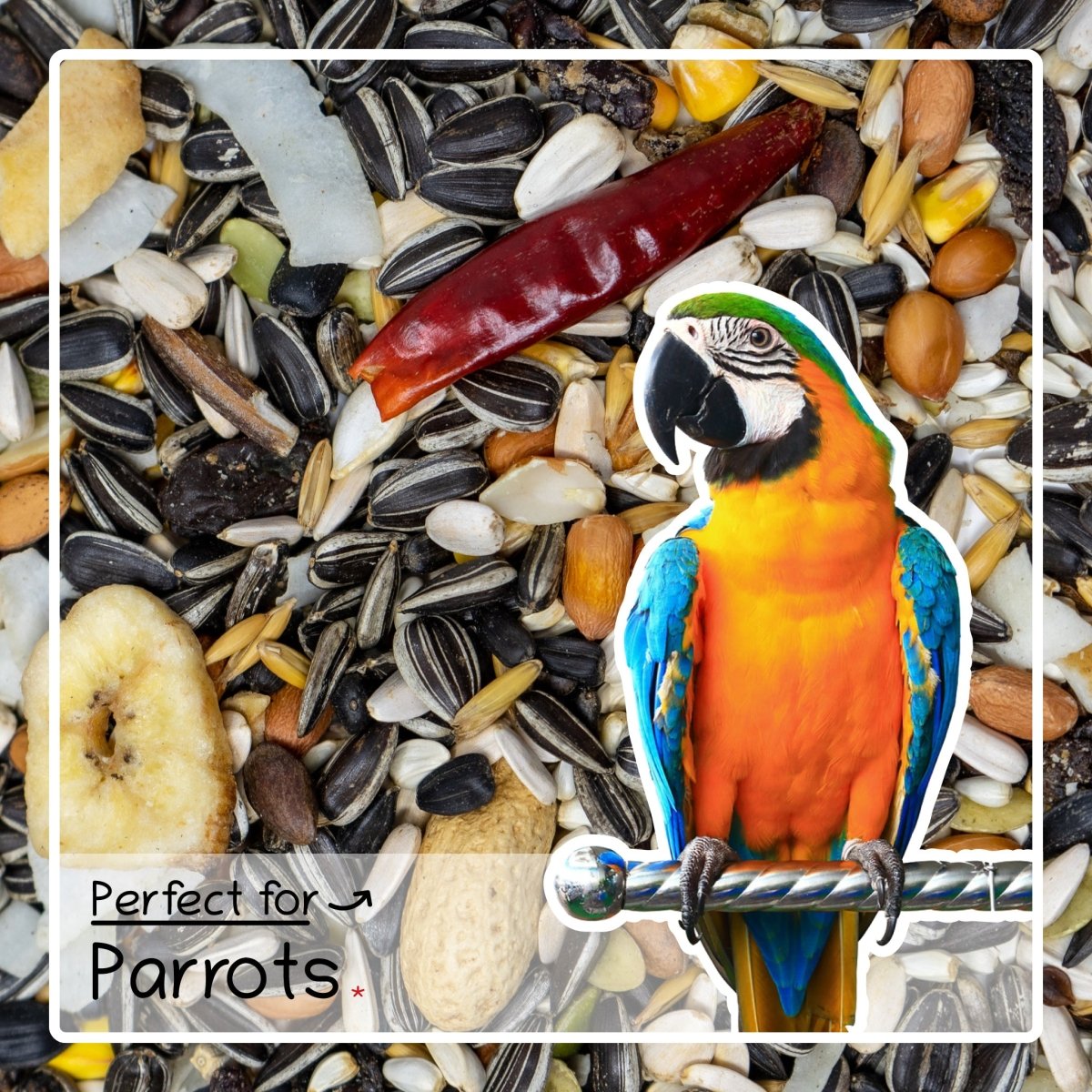
A History of Hamsters
When were hamsters first discovered?
The earliest published reference to the Syrian golden hamster was in The Natural History of Aleppo, which was published in 1740 by an English physician named Alexander Russell who was the physician for an English trading company in Aleppo and became the favoured physician of the Pasha of Syria.
The next reference to the hamster, after its brief brush with fame, was in 1930 when the Syrian hamster was used as a study animal for various diseases. Saul Adler, a parasitologist at the Hebrew University of Jerusalem, used the Chinese hamster to study a disease called leishmaniasis, which is caused by a protozoan-like parasite that is spread by the bite of a sand fly.
The Chinese hamster had proven to be a good study animal for the disease, but Adler was running into a wall as he was unable to breed enough of them for his research since he did not knowing about the importance of long days and short days for the reproduction of hamsters, as well as supply issues from China.
Adler needed a hamster species that would be easy to obtain. He asked a colleague, Israel Aharoni, who was frequently in the field to find and bring back hamsters, for his research. One of Aharoni's projects was to research the Hebrew names for the animals of the Holy Land and produce a record of what animals had actually lived there. Since Aharoni collected Butterflies, he had become good friends with a Turkish sultan who also collected butterflies.
At the time, Syria was under Turkish rule, so he gained permission to conduct research on animal life in Syria and when he got to the Aleppo area of Syria, he instructed his guide to ask the local sheikh for information about the location of what locals called the golden hamster. The sheikh sent Aharoni and his crew to a cultivated field that indeed had a population of these hamsters and the rest is history.
The team managed to locate the nest of a mother and eleven young who were placed together in a box. But, tragedy struck. The stressed mother hamster killed the first pup that approached her after they were placed in the box. The collectors were shocked, and the mother was removed and killed. Aharoni then took on the task of raising the remaining ten pups.
But, then there was another potential catastrophe. The pups were placed in a wooden cage, but the growing hamsters soon figured out how to gnaw their way to freedom. Indeed, they escaped twice from their caging and not all of them were recaptured/
In the end, only four reached breeding age, and after an unfortunate mishap during a breeding effort, only three were left. Fortunately, both sexes were represented and a pair was placed in a hay packed cage and the hamsters did exactly what they were supposed to do and mated to their heart’s content.
Aharoni greeted the birth of that first litter as if they were the only hamsters in the universe and noted in his research: "Only someone who has tasted true happiness, heavenly joy, can appreciate our elation over the fact that our efforts did not prove in vain, From now on there will be a species of hamster that will be fruitful and multiply even in captivity, and will be convenient for laboratory experimentation. How marvelous are thy works, O Lord!"
The offspring of that first union were raised successfully. They mated, and their young grew up and mated until the colony numbered 150. This took less than a year from just one original pair. Now, Aharoni sent the colony to Adler, and Adler was able to continue his research.
Sail Adler published his scientific research on Syrian hamsters in 1931 and the provided breeding stock to other laboratories internationally including the United Kingdom.
When did hamsters first become pets?
It wasn’t until after the Second World War that hamsters became pets. As with so many things, it was an enterprising American called Albert Harsh who started the hamster pet craze. Marsh won a hamster in a bet – possibly from a man working from a laboratory and then had a cunning plan.
He launch the his own company called the "Gulf Hamstery" in the late 1940s and start breeding hamsters and selling them locally near the town of Mobile in Alabama.
Pet hamsters were an immediate hit with Americans particularly as affordable and manageable pet for children and by 1953, one article at the time wrote that he was earning $4,000 a week – a large amount now, but huge then.
As this hamster oligarch grew, Marsh even influenced politics to get his hamsters sold into new markets, such as California which forbid hamsters by law as a “wild animal”. Albert Marsh started spending money lobbying politicians and the Governor of Alabama even intervened and California finally recognised hamsters as pets.
But, the hamsters boom was short lived and sales dried up. So, Marsh moved to California to breed quails and hamsters became less common again. It wasn’t again until the 1970s that hamsters became popular again with the rise and rise of pet shops.
In the UK, which often follows America on trends, hamsters also became popular in the 1970s. This time, these ever popular animals lasted the distance and continues to be a very popular pet bringing joy to countless animal lovers.

















Leave a comment
This site is protected by hCaptcha and the hCaptcha Privacy Policy and Terms of Service apply.